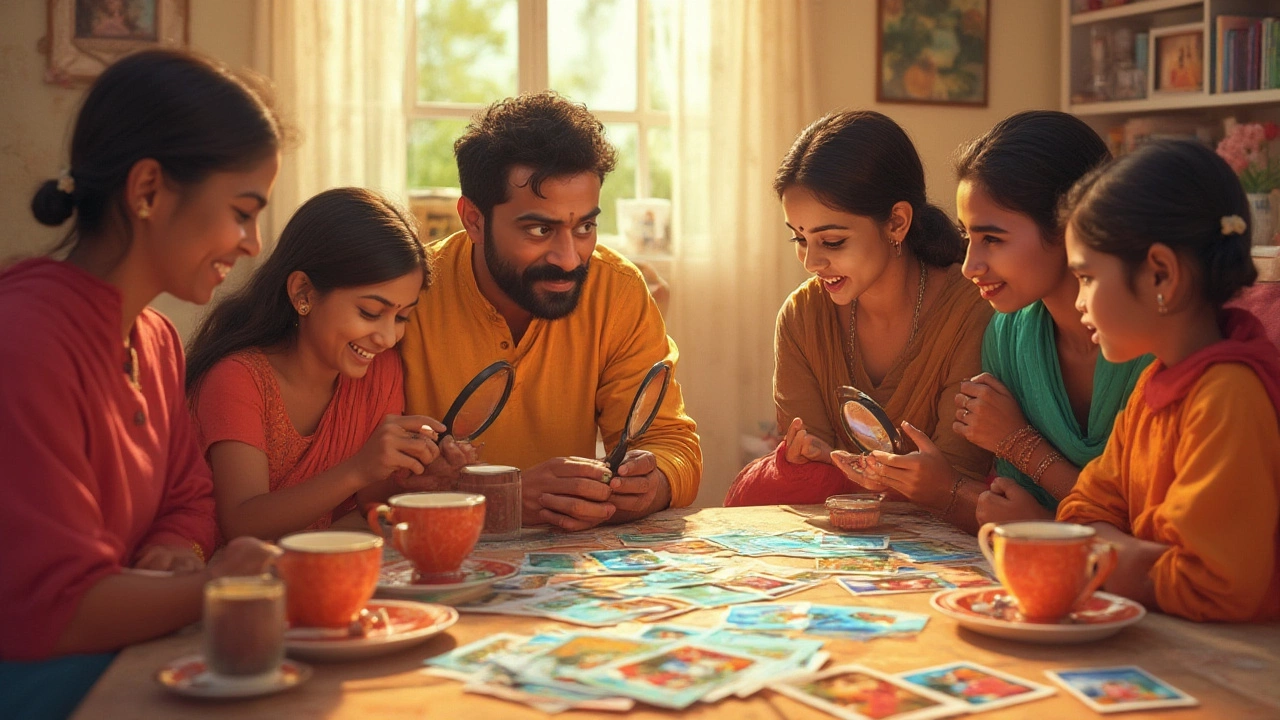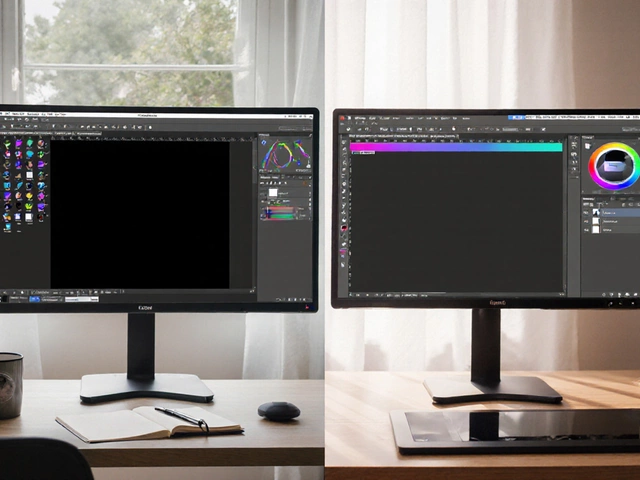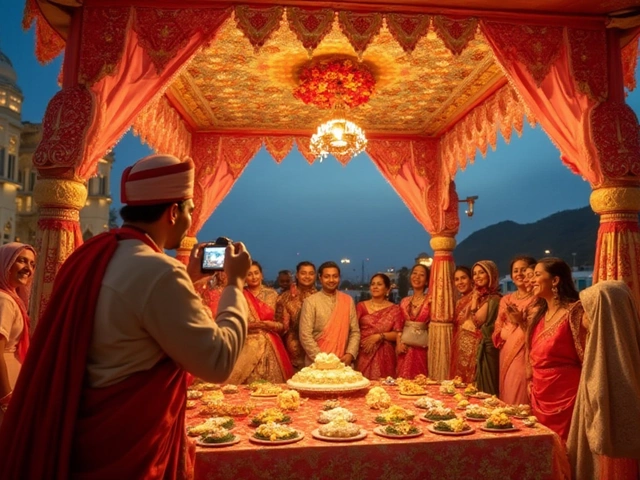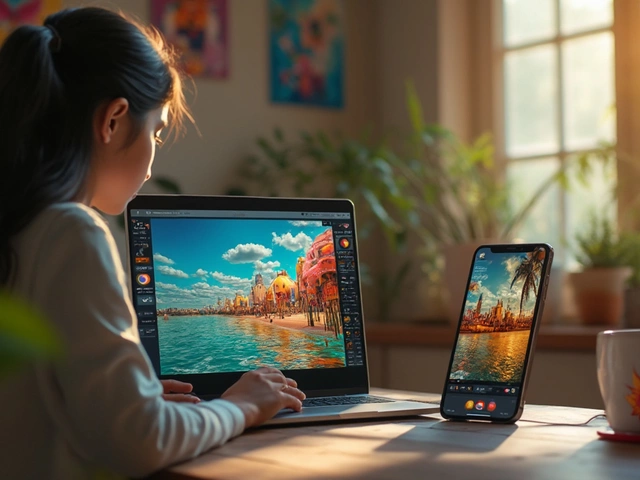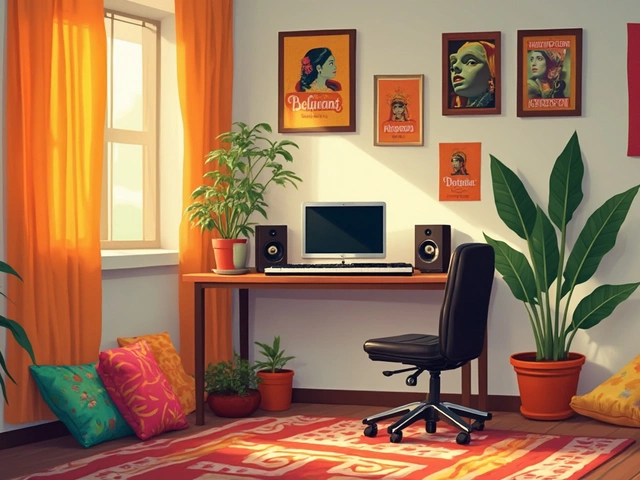Ever printed a batch of vacation shots, only to wonder if you picked the right drugstore? People always seem split between Walgreens and CVS when it comes to photo printing, but someone’s got to have an edge, right? Let’s pull back the curtain, get away from marketing fluff, and dig into the nitty-gritty differences that really matter when it comes to your memories on glossy paper. This isn’t just about pretty colors—it’s about how your photos look and feel when you hold them in your hands.
Comparing Walgreens and CVS: Print Quality, Color, Sharpness, and Paper
First thing you’ll notice is just how much the display screens at both stores can fool you. The photo you see on your phone almost never looks the same as what prints out. Walgreens and CVS use different printers. Walgreens typically uses Fuji Frontier or Noritsu machines, which produce consistent color saturation and sharpness. CVS, on the other hand, usually operates with Kodak kiosks or similar models.
Where does this matter? Color accuracy and vibrancy. Walgreens prints often come out a touch warmer, with strong reds and yellows—they pop a bit, which makes sunsets, skin tones, or outdoor scenes feel lively. CVS, with its Kodak system, leans toward cooler tones. In side-by-side tests published by several hands-on reviewers in 2024, skin tones at Walgreens appeared more natural, avoiding the slight blue-ish or magenta tint that sometimes creeps into CVS prints.
Sharpness plays a huge role, and this is where Walgreens again usually noses ahead. Whether you’re printing a portrait or a landscape, Walgreens prints feel slightly crisper—edges are more defined. CVS can sometimes lose fine details, especially if your image is just a little blurry to start with.
Papers may look similar on the surface, but touch your prints and you’ll feel the difference. Walgreens’ glossy option is thick with a subtle sheen—photos look rich and deep, not plastic and overly reflective. CVS glossary stock can feel lighter, and it sometimes gets tiny surface scratches, especially if you’re stacking or passing the photos around. Both stores do offer matte options, but Walgreens’ matte holds up better against fingerprints and oil, especially if you’re sharing prints at an event or family get-together.
Let’s not ignore photo longevity, either. Walgreens claims their paper and printing process help photos resist fading for up to 100 years when stored properly. If you’re archiving old wedding or baby photos, that matters. CVS prints tend to last well, but several customer reviews and tests from photo hobbyists show slight color fading if photos are left in direct sunlight or inside car dashboards. Not a deal-breaker, but something to remember if you want those colors popping years later.
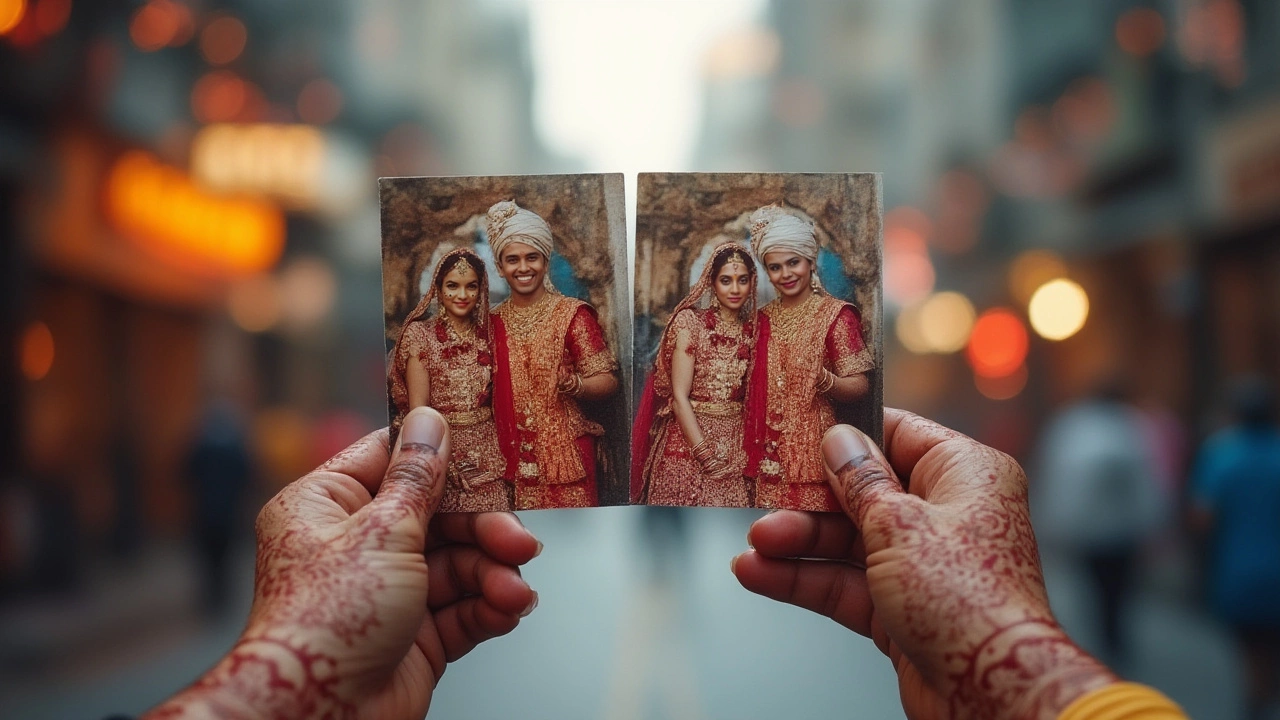
Turnaround Time, Store Experience, and Price
Speed can be just as important as quality—you know those last-minute school projects or “oops, I forgot grandma’s birthday” moments? Walgreens makes same-day printing super easy. You can order your prints online or on their app, and they’ll usually be ready in an hour, sometimes less. CVS also offers same-day service, but some locations make you wait a bit longer, or they’re surprisingly strict on cutoff times, especially during peak weekends.
It’s the little things during pickup that sometimes tip the scales. Walgreens tends to hand you your photos in a solid envelope, sealed neatly, and a bonus—staff usually let you check the prints before you pay. CVS might do the same, but in some stores, prints come in a looser sleeve or in a plastic bag. Some users say CVS prints are occasionally stacked too tightly, leading to occasional bending or sticky edges, something you’re less likely to see at Walgreens.
What about price? Both run frequent deals—especially around holidays or back-to-school season—but Walgreens’ larger order discounts are usually easier to find in their app. CVS sometimes throws in 50% off coupons for the first order, so it doesn’t hurt to check both before placing a big order. On a per-print basis (for a standard 4x6 inch photo), prices usually run between $0.33 and $0.39 at both stores. But factor in coupons and you’ll often walk out with a stack of prints for less than ten bucks at either store.
Those kiosks? Both stores let you connect your phone, SD card, or USB drive directly, but some photo kiosks at CVS get glitchy with newer iPhones or Androids. Walgreens’ machines have their moments, especially during updates, but most customers find their interface a little smoother with large uploads. One plus for CVS: if you’re a fan of printing straight from Google Photos, their Kodak kiosks integrate directly, which can save time if you’re not into apps or dragging files around.
And if you mess up—that moment you realize you cropped Uncle Joe’s head out of your Thanksgiving picture—Walgreens has a “reprint or refund” policy that’s usually quick and hassle-free. CVS does the same, but it can depend on the manager. For big orders (like wedding albums or calendars), you’ll want clear communication with staff at both stores just to set expectations around edits and color corrections.
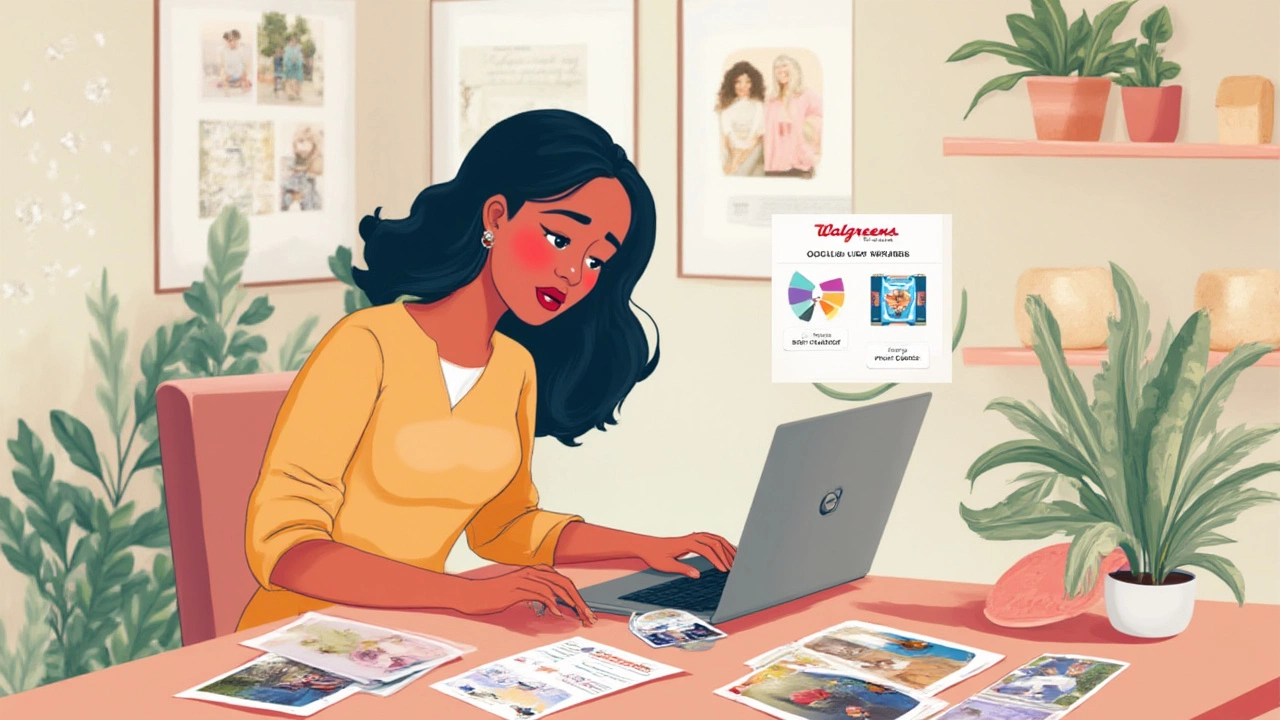
The Verdict: When Should You Choose Walgreens or CVS for Your Photo Prints?
So, who should you trust with your irreplaceable shots? If you care most about color accuracy and that pop-you-in-the-face crispness, walgreens photo printing stands out, especially for portraits or vacation photos. The warmer tones don’t just flatter people—they breathe life into landscapes and sunset snaps. Paper quality gives Walgreens another nudge ahead. You’ll feel the difference flipping through an album after a year or more.
But don’t count out CVS completely. Their best feature is usually convenience and price. If your nearest Walgreens is closed for remodeling or swamped, CVS can bail you out—and you won’t be settling for terrible prints. With quick Google Photos integration and decent prints for posters or collages, CVS is perfectly fine for everyday needs, kid’s art projects, or scrabbling together a gift at the last minute.
Want the absolute best results? Always check your image’s resolution before uploading. Both Walgreens and CVS will show a warning if a photo is too low-res, but sometimes you have to look closely for the alerts. If you’re cropping a photo for a weird size (like 5x7 or 8x10), check previews carefully—sometimes faces or important backgrounds get awkwardly trimmed. For extra peace of mind, order just one test print before committing to dozens. That way you catch odd colors or pixelation before you sink money into a full album.
Here’s a little-known tip: if you shoot with an iPhone or recent Android, take advantage of editing using the phone’s “auto enhance” mode before you upload, and always send the original file size. Don’t use screenshots—they usually look blurry when enlarged. If you’ve got a mix of color and black-and-white shots, Walgreens usually handles the zone between pure black and pure white a little better—shadows have depth, and highlights don’t lose detail. CVS sometimes loses those subtle grays, which makes black and whites look more ’90s photocopy than gallery piece.
What if you want custom items—calendars, mugs, canvas prints? Both chains offer these, but physical print quality (not just the photo itself) and delivery times can vary by region. Walgreens tends to process these slightly faster nationwide; they also use heavier stock for most photo books. Again, always check previews and ask staff to let you peek at the output before you pay if you’re on a tight deadline.
No matter which you pick, don’t shove your prints in a box and forget about them. Use an archival album if you want colors to last, or frame a few and hang them up somewhere the sun won’t beat down on them. Print quality is awesome, but how you store and display your photos makes a huge difference in how long they’ll last—and how much you’ll enjoy them every time you walk past.
